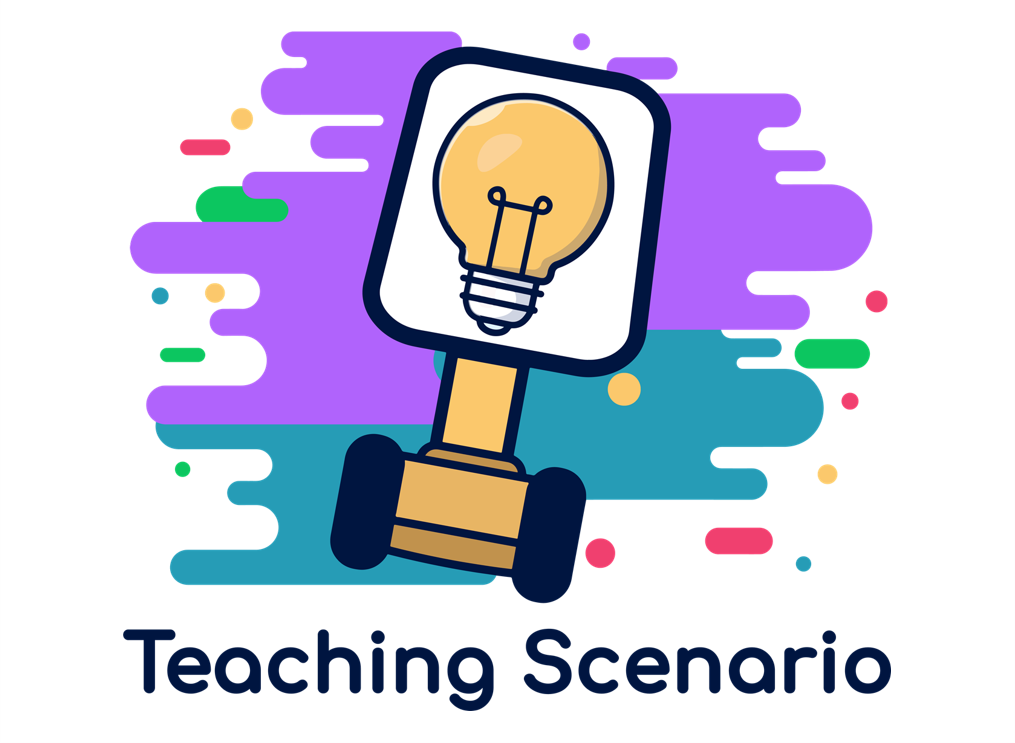
Project Plan Presentations
Educational Level
Higher Education
Student Age
19+
Number of students
15-30
Lesson duration
4 hours
- Project planning
- Time management (estimation of time and efforts needed to accomplish the tasks, creation of Gantt chart)
- Team management (planning of the work and preparation of the presentation in team, estimation/learning of others knowledge and skills, defining interfaces between team members)
- Presentation skills (preparation and presentation of the result, speaking in front of audience etc.)
- The presentation is clear and complete according to the requested criteria
- Students and teachers know how the students want to achieve their goals and which tools and activities will be necessary.
Laptop, projector and projector screen, presenter device, Wi-fi, TR; Online video-conference session is also possible; Apps for creating a presentation
The student is not able to be on site and can join over a TR to listen to the presentation of the other groups and to present as part of a group. Also, if any to take part in discussions.
Due to the fact, that sometimes the problem definition is coming from companies, an expert from those companies could take part using a TR and take part in the discussion after the presentations.
For the lesson only:
- During the lesson: Student presentations
- Concerning the preparation before the lesson: Collaborative Learning, Groupwork and Flipped Classroom.
- For the whole practical course:
Case-Based Learning, Collaborative Learning, Constructivist Approach, Experiential Learning, Fieldwork, Flipped Classroom, Groupwork, Inquiry-Based Learning, Learning by doing, Peer-to-Peer Learning, Problem-based Learning, Project-Based Learning, Student presentations
Lesson Plan
Before the Lesson:
Teacher
- Task assignment to the groups and definition of the project goals;
- Give instructions on the content and outline of the presentation
Students
- Preparation of the presentation
- Estimation of time and efforts needed to accomplish the tasks,
- creation of Gantt chart
- estimation/learning of others knowledge and skills, defining interfaces between team members
Lesson:
Teacher
- Define the order of the presentations
- Ask questions
- Give further comments for improvement of the plan or usual pitfalls
Students
- Each project group gives presentation (20min)
After Lesson:
Teacher
- Supports the students with the project execution, needed tools, materials etc.
Students
Can start with the project execution
Media and materials:
Project results could be found: https://www.youtube.com/channel/UCjAWBnIgHxloswxZvyoCQCQ
Practical course methodology publications:
2013: Häfner, Polina, Victor Häfner, and Jivka Ovtcharova. “Teaching methodology for virtual reality practical course in engineering education.” Procedia Computer Science 25 (2013): 251-260.
2021: Häfner, Polina. “Holistic Approach for Authoring Immersive and Smart Environments for the Integration in Engineering Education.” (2021).
Download link: https://publikationen.bibliothek.kit.edu/1000130947
Author: Polina Häfner (Karslruhe Institute of Technology)
How did this Teaching Scenario work for you?
Have you tried this or a similar Teaching Scenario?
Feel free to share your experiences with a comment below.
Possible questions for your evaluation of the TRinE Teaching Scenario
- What feedback / reflection was provided by the teacher?
- How is the feedback from the students?
- Why did you decide to use TRs?
- How did the TRs inform your lesson plan?
- What shifts or stretches are you making regarding the TRs?
Does the use of the Telepresence robots:
- align to learning outcomes?
- align to assessment?
- support your educational context?
- differentiate for individual students?
- enhance student thinking by addressing different levels of thinking?
- extend learning authentically beyond the classroom?
- increase engagement and active learning?
- promote and support collaboration?
- provide opportunities to construct knowledge?
Are the students participating / motivated / progressing?
1 Comment
Submit a Comment
Create your Teaching Idea!
1. Read through our TRinE Guide for Teachers to learn more about designing a lesson with a Telepresence Robot. Browse through our TRinE Ideas and get inspired!
2. Download the Word template here to describe and evaluate your teaching scenario.
3. Contact us and send us the form if you want to publish your Teaching Scenario on our website.


Teacher’s reflection: Lesson was as usual. The student in TR should only listen to the presentations and watch the presenters, he didn’t take part as a presenter. He used for first time the robot and haven’t muted it, so there were some noises from the TR during the presentation. Due to the silence in the room and the wish to do not disturb the current presentation, it was not possible the ask the student to mute himself. So, the teacher turned down the sound from the loudspeakers. 🙂
Student Feedback: “The video quality and sound quality for following the lecture were good. However, the sound quality of the telepresence robot for communicating was not so good, so talking through the robot was exhausting. The connection was stable, so I don’t remember any connection failure. Compared to a Zoom/Teams session, it has more of a presence learning feel to it.
Overall, I enjoyed using the telepresence robot.”
Why did you decide to use TRs? One student could not take part of the course, because he was not feeling so well and suspected Covid-19. He decided to join us over TR.
How did the TRs inform your lesson plan? The other students in the room lost sometimes the concentration on the speaker, when the robot moved or made some noises. Because they are not used to and the robot was positioned in a first row for better visibility and sound.
What shifts or stretches are you making regarding the TRs? I needed to take the robot with me (from the 3rd) on the 5th floor, 5 minutes before the course, be sure that it is on and has enough battery etc. and before to give the student the account and the password.
Does the use of the Telepresence robots:
– align to learning outcomes? yes
– align to assessment? yes
– support your educational context? yes
– differentiate for individual students? Cannot judge
– enhance student thinking by addressing different levels of thinking? No change
– extend learning authentically beyond the classroom? No change
– increase engagement and active learning? No change
– promote and support collaboration? Yes, else the student couldn’t take part in the lesson and will not have the possibility to hear and see the other presentations in order to compare to his own and to learn something new.
– provide opportunities to construct knowledge? No difference to classical lesson
Are the students:
– Participating? Student was very unsure and shy to participate actively. Due to the first time of using the device and the new learning environment (it was the second lesson in the practical course, he didn’t know the other students, except of his own team)
– Motivated? Not in this case
– Progressing? In term of not missing class, yes